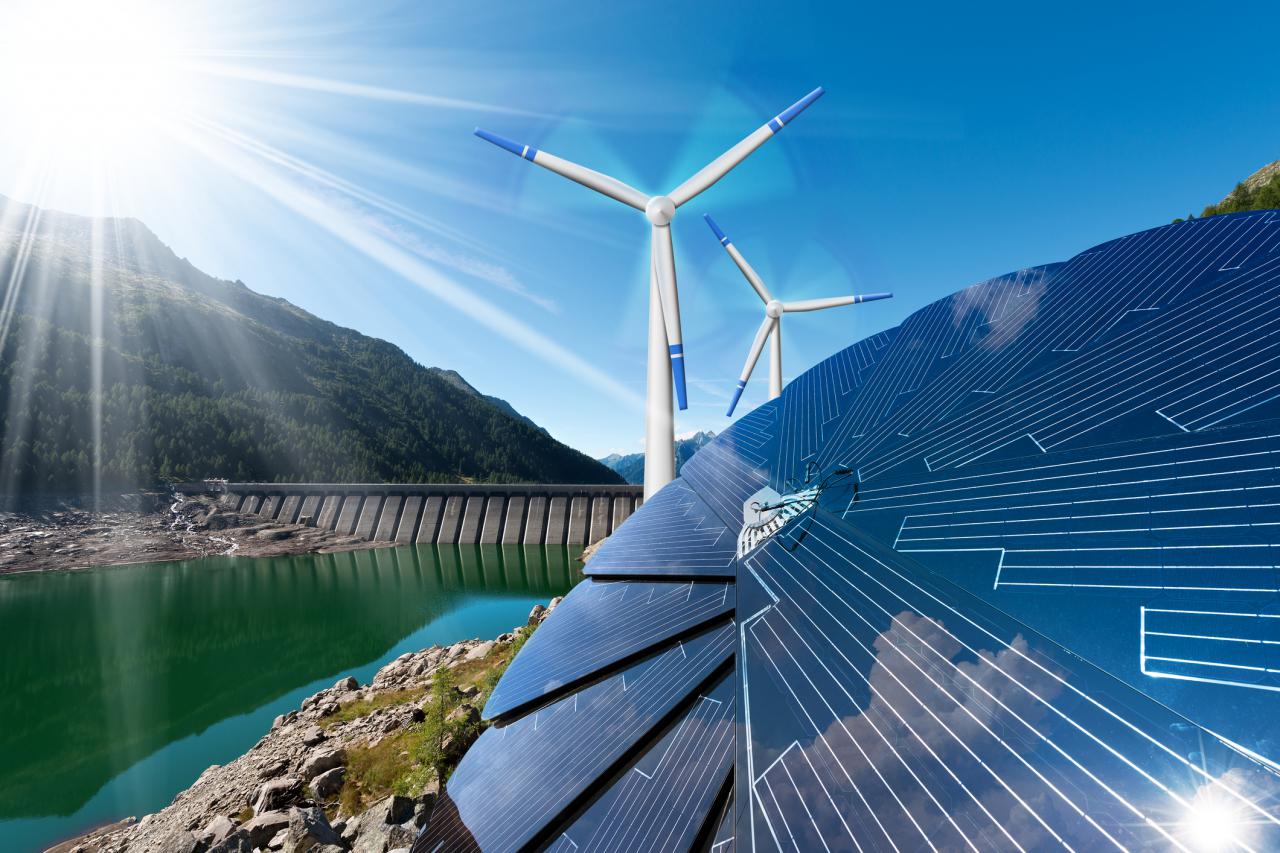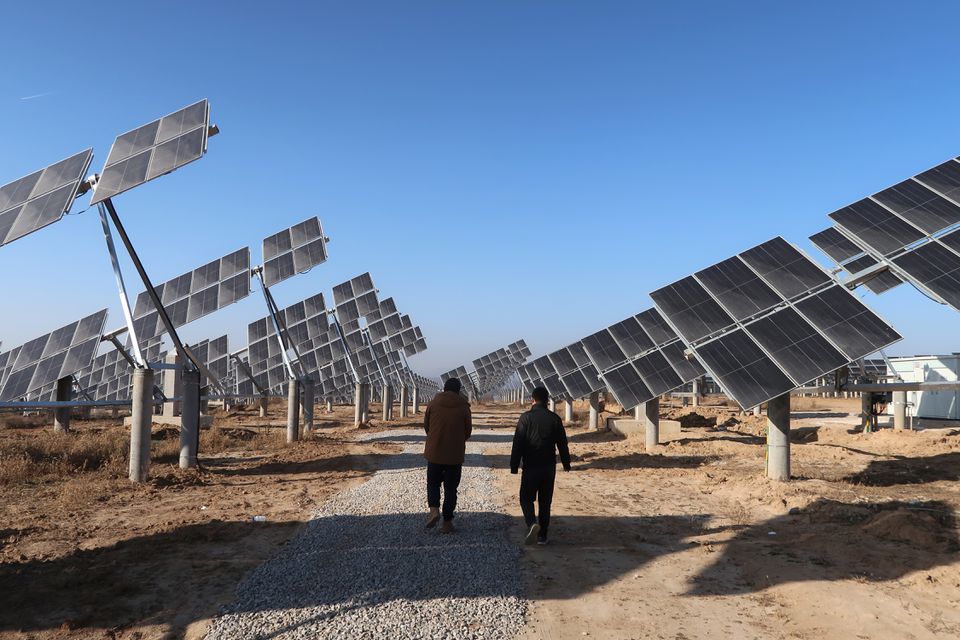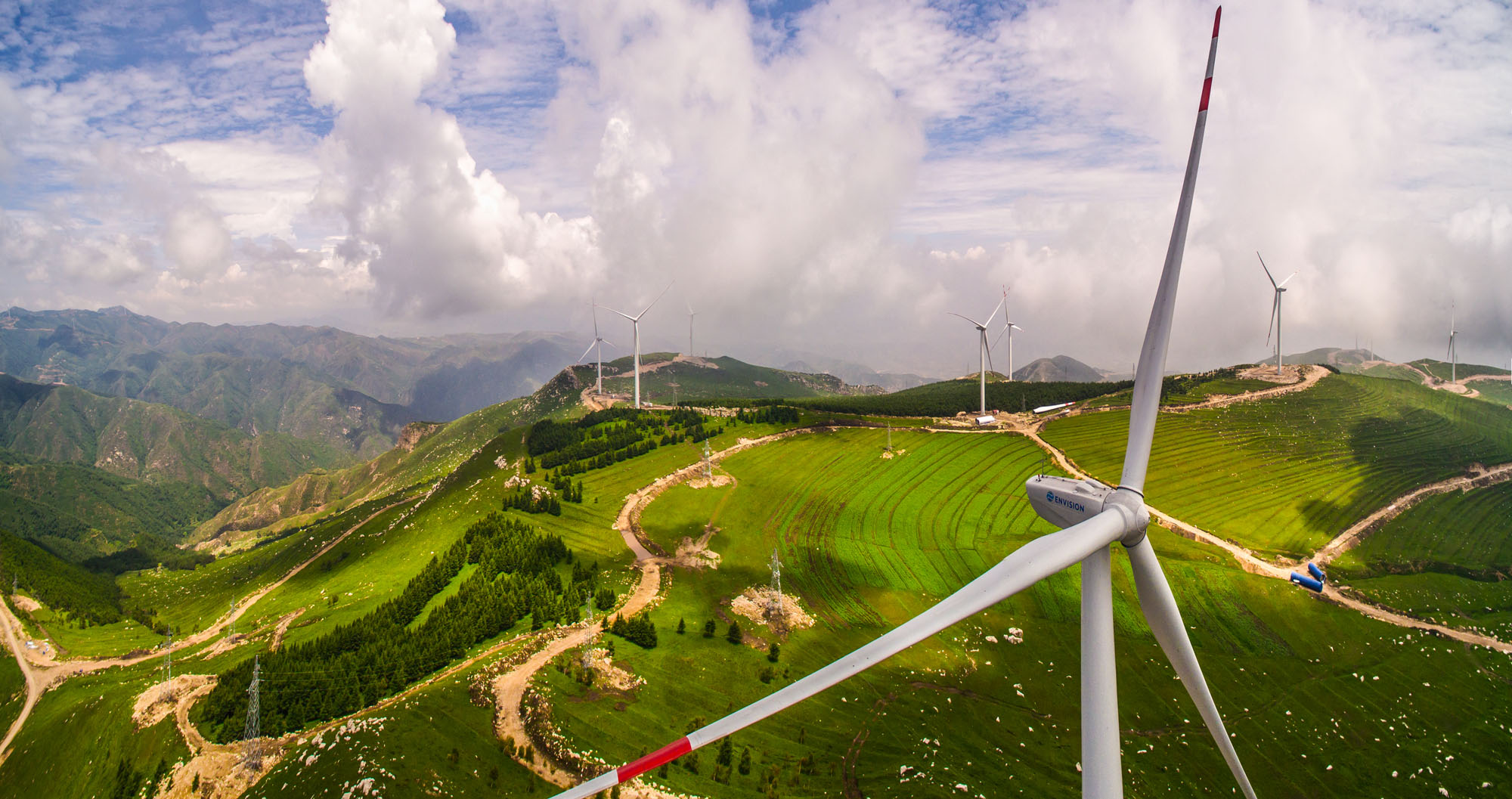China once again led the world in clean energy investment last year, a trend that could challenge US efforts to further develop domestic manufacturing. Nearly half of the world’s low-carbon spending happens in China, according to a recent analysis from market research firm BloombergNEF. The country has spent $546 billion in 2022 on investments including solar and wind, electric vehicles and batteries. This is almost four times the amount of US investment, totaling $141 billion. The European Union ranks second after China with $180 billion in clean energy investment. According to the report, China is also dominant in the low-carbon manufacturing sector, accounting for more than 90% of the $79 billion invested in that sector last year. The findings come as the United States and Europe work to expand their domestic production capacity. In recent months, the United States has begun rolling out the benefits of the Inflation Reduction Act, with $369 billion in incentives aimed at building the U.S. clean energy industry. But competing with Chinese networks will not be easy.
Antoine Vagneur-Jones, head of trade and supply chain research at BloombergNEF, said: “China has been successful in cultivating these truly integrated and efficient value chains for the production of things like solar panels, to make things like battery cells.” Both now account for a significant proportion of China’s export revenue, he added. However, China is also investing heavily in its domestic supply chain, including wind turbine parts, to scale up offshore wind deployments, Vagneur-Jones said.

The Inflation Reduction Act aims to counter Chinese dominance by providing billions of dollars in subsidies to domestic manufacturing. One key provision, for example, would give consumers thousands of dollars in tax credits when buying an electric vehicle — but only if the majority of battery components are manufactured or assembled in North America. Those incentives have generated strong international criticism, especially from the European Union. But President Joe Biden made it clear what his goals are, saying in a speech last week that “supply chains start here” (Climatewire, Jan. 27).
BloombergNEF’s figures do not take into account the dozens of planned U.S. plants released in recent months. But while the Inflation Reduction Act incentives will start to make a dent in China’s manufacturing market share, Vagneur-Jones said, it will happen gradually.
“Even in an optimistic kind of scenario, for example, I think China will remain dominant for the next decade or so. But it could mean that we see these parallel supply chains grow,” he said.
Let’s produce battery cells. BloombergNEF research shows that this market share is expected to grow sixfold by 2030, but China’s share is projected to fall to just 70% from 79% today. That is partly because China plans to expand its battery production capacity, even as the supply chain is built elsewhere. There are also barriers to ramping up clean energy production in the United States, including higher costs and the challenges of developing a new sector from scratch.

The task could be even more difficult if tensions between China and the United States increase, Vagneur-Jones said, limiting the ability of American companies to access Chinese expertise in clean energy development. “The other side is not only that manufacturing will be more expensive in places like the US, which it will be, but it can also be very difficult to really scale things up quickly, given the fact that you can’t harness that Chinese expertise,” he said.
There are risks to having a supply chain that is too concentrated in one geographic area. Geopolitical tensions could more easily disrupt trade, as well as the effects of climate change. For example, a major heatwave led to a power shortage last August in a Chinese province that supplies a significant amount of solar panels and components to the world — resulting in increase in the prices of those goods. Vagneur-Jones said the next few years will be decisive. The United States, Europe, India and Indonesia are all ramping up their domestic production efforts. The question is whether those plans will bear fruit. “We could see a turning point to this trend that we have seen, which is Chinese dominance not only in terms of existing capacity that has been built, but also in terms of investments being made,” he said. take place”.



